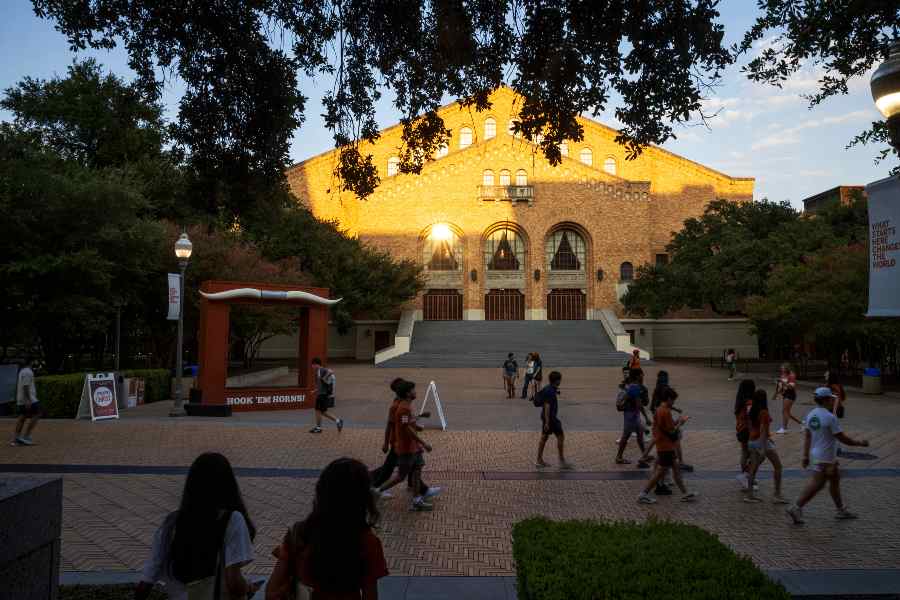|
|
| Growing up fast |
History has taught us that, like any mortal, no entity can be unchanging or permanent. Empire, nation, society, community, industrial house, institution, each has to go through ups and downs and all kinds of transformation. But when it comes to our immediate society we end up lamenting or condemning the changes that are taking place. Records show that every generation has done the same.
If we compare today?s urban middle and upper class children to those of yesteryear, the most significant change that we see is the frenetic pace of life they lead. And it is this pace that is governing much of their conduct and behaviour. They are far more ambitious, far more impatient, far more easily bored or frustrated. They are definitely more independent in many ways but surprisingly dependent in others.
To begin at the beginning, the age at which these children start going to school has come down considerably. Newspapers keep reporting the undesirable mushrooming of pre-schools while educationists keep talking about childhood being ?killed? by schools which are taking in younger and younger students each year and parents who are thoughtlessly contributing to this lethal trend. The motive of high schools that have recently lowered their age of entry to three years, has been attributed to a wish to ?eat into the share of pre-schools?. Incidentally, this author was admitted to one of the most reputed high schools in the city at the age of three, over fifty years ago. At that time there were hardly any pre-schools whose ?share could be eaten into?. So it stands to reason that there could be other less crass motives for having a nursery attached to a high school.
Those of us who have been around in the educational field for a length of time, tend to subscribe to the educational prescriptions and principles of our own times. However, it is important to recognize ground realities and respond to them intelligently. Yes, it is important for the child to be at home with its mother for the first few years. But the problem is that the mother herself is not at home for the child to be with. Socio-economic forces do not allow a choice today ? women have to contribute substantially to the family finances. And working mothers would much rather leave their children in school, where they spend time under supervision with other children, than at home alone or with unreliable domestic hands. Besides, where are live-in domestic staff to be found these days? As for grandparents, more often than not, they do not inhabit the same house, they may not be residing in the same city and many are preoccupied with their own careers. Thus the advent of the pre-school.
It has been said that the Montessori system originated from a need to look after the children of women who had been pressed into service during World War II. Today, a pre-school very often plays the role of a cr?che for children of working women. A disturbing trend is that the primary goal of the innumerable pre-schools that have sprung up is turning out to be preparing children for admission into high school. Needless to say, the primary goal of any school (distinct from coaching centres and crammers) should be to educate its students.
In this scenario, a high school with a nursery section, is, in fact, doing a great service to society by preventing or cutting short damaging and dubious educational practices with very young children. The advantage is felt only if the admission procedure is relatively stress-free, the nursery adequately equipped and the teachers appropriately trained. A good school, with the required resources, would surely want to be responsible for the care of its children right from the initial stages. And like it or not, the initial stage of schooling happens to be sooner today, just as completion of formal learning happens later. Moreover, happily, the concept of continuing education and lifelong learning is being warmly embraced everywhere.
Another reality that needs to be addressed is that our children (middle and upper class urban) are far more precocious, worldly-wise, street-smart, techno-savvy and sexually aware. Adolescence comes sooner, sometimes even before reaching middle school. Characteristics of adulthood are exhibited by high school students in various ways ? indeed many reach adulthood officially before they leave school. Sometimes it appears that they lead dual lives ? that of adults outside school and children inside of it. And at home? It depends wholly on the attitude of their parents. So let us not lament the loss of childhood ? we cannot stem the tide. The West recognizes that today?s tweenagers (nine to twelve-year olds) are yesterday?s teenagers; today?s teenagers have attained adult status earlier than their counterparts did some years ago.
Keeping these socio-economic realities in mind, we need to identify what can be changed or prevented instead of trying to turn the clock back. And something that can and should be changed is our examination-oriented system of assessment. A thorough overhaul will automatically lead to a vibrant school education. In other words, our children will not continue to lead dismal lives comprising school, textbook, private tutor, coaching centre and examination hall. This is certainly a cycle that must be broken.
Hopefully, our children will develop the ability to study independently, rediscover the joys of learning and make it a lifelong pursuit.











